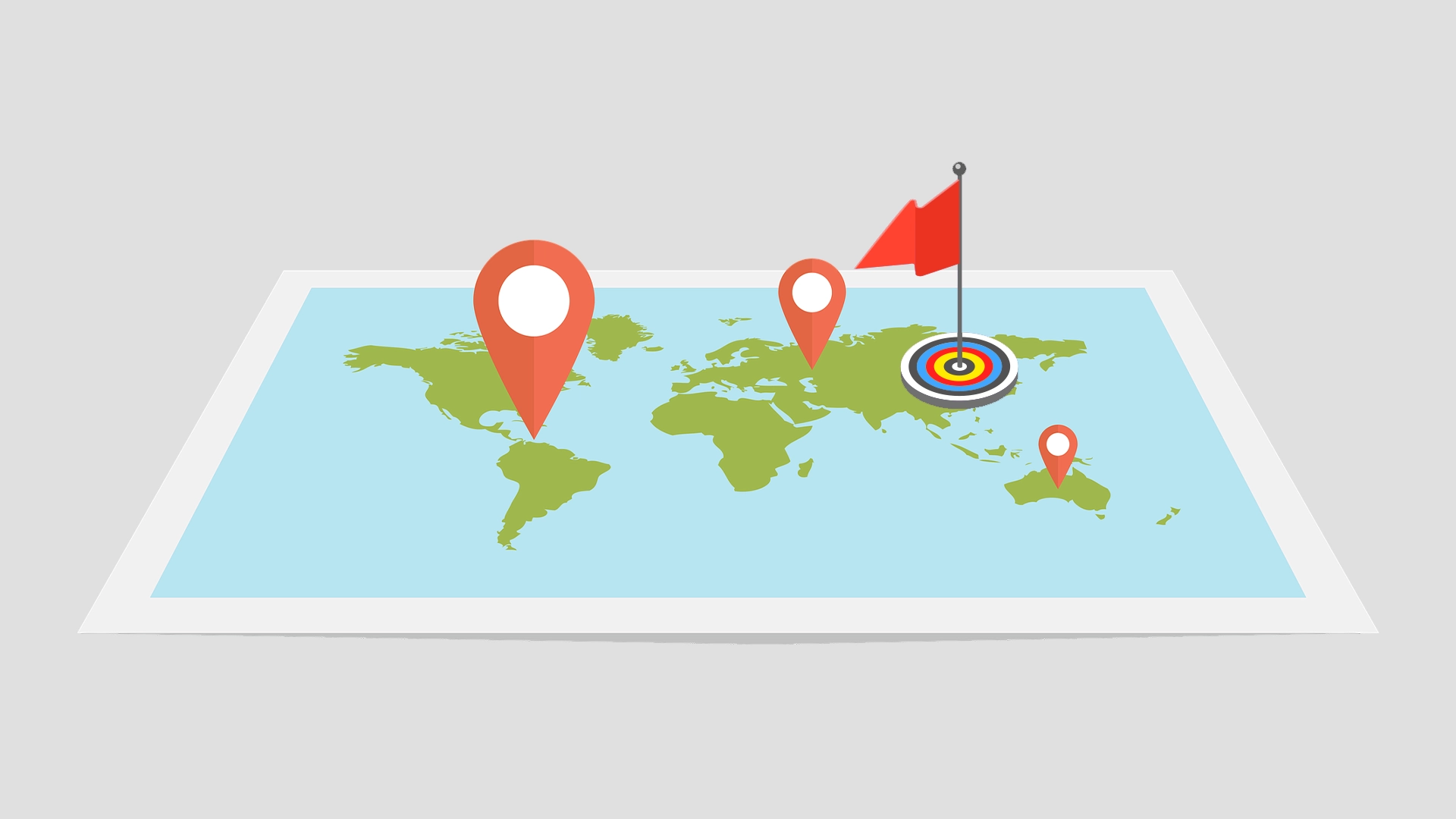What is Geotargeting and How Does it Work?
One of the most effective ways to ensure your advertisements reach the right audience is through geotargeting. By using location-based advertisements, businesses can deliver relevant messages to potential customers based on their geographic location.

What is Geotargeting?
Geotargeting is the delivery of content or advertisements to users based on their geographic location. This can be as wide spread as targeting users in specific countries or as precise as focusing on a particular city or even a 100m radius from a physical location or store. The primary aim of geotargeting is to deliver the most relevant content to different users. This can often lead to higher engagement rates and better conversion rates across these marketing efforts.
How Does Geotargeting Work?
Geotargeting relies on various different technologies to determine a user’s location, these include:
- IP Address – Any device connected to the internet has an IP address assigned to it that can be used to estimate the devices location.
- GPS Data – Mobile devices and other GPS-enabled device can provide precise location information with a high degree of accuracy.
- Wi-Fi Networks – The Wi-Fi networks that devices connect to can also help pinpoint its location, down to the exact store location. This is often utilised on trains to be able to connect to the Wi-Fi you have to input your details.
- Network Tower Triangulation – This method uses the distance from multiple different mobile network towers to estimate a device’s location based on these various points.

Benefits of Geotargeting
1. Increased Relevance and Engagement – Geotargeted ads are often more relevant to users due to the fact they take into account the users surroundings and local context. For example, Dominos often sends SMS messages out to customers within a certain vicinity of their physical stores. This increases the likelihood of capturing a users interest and converting a sale in a physical location.
2. Improved ROI – By focusing on specific geographical areas, businesses can allocate their advertising budget more efficiently across these locations. This targeted advertising approach often leads to higher levels of conversion and a better return on investment compared to broad, untargeted advertisements.
3. Enhanced Personalisation – Geotargeting advertisements allow for highly personalised ad experiences by delivering tailored messaging. Localised content can resonate more with users viewing these advertisements, creating a sense of familiarity and increasing the chances of a positive response.
4. Timely Promotions – Geotargeting allows brands access to real-time advertising opportunities. Businesses can promote time-sensitive offers to people in a specific location, such as flash sales or events, helping to encourage immediate action and boost a specific stores sales.

Ways to Implement Geotargeting
1. Search Engine Ads
Advertising platforms such as Google Ads or Bing Ads allow businesses to target users based on their location when searching in their platform. It is possible to set parameters to deliver ads to users in specific countries, regions, cities, or even within a certain radius of a particular location or physical store.
2. Social Media Advertising
Social media apps like Facebook, Instagram, TikTok and Twitter offer robust geotargeting options across their advertising features. Businesses can create advertisements that target users based on their current geographical location, their hometown, or places they’ve recently visited or checked-in.
3. Mobile Advertising
Utilise mobile ad networks that offer geotargeting capabilities and features to brands. By leveraging this GPS data, you can deliver ads to users based on their exact location and gain key relevancy across your messaging, ensuring high engagement and conversions.
4. Geofencing
Geofencing involves creating a virtual boundary around a specific location or physical store. When users enter this zone, they will then receive targeted advertisements or notifications on their mobile device. This is particularly effective for local businesses and small business owners looking to attract nearby customers in their local area.
5. Location-Based Email Campaigns
Brands can utilise geographic data to segment their email marketing list and send location-specific promotions or information via email campaigns. For example, you can send store opening invitations or announcements to subscribers in a particular area or region.
6. Weather-Based Targeting
Combine geotargeting with real-time weather updates and data to deliver highly relevant ads for potential customers in specific locations. For instance, a clothing retailer could promote a raincoat to users in an area experiencing rain or bad weather.
Thoughts
Geotargeting is a powerful tool being used across all aspects of digital marketing. As technology continues to advance, the precision and return on investment of geotargeting will only improve.
More interesting content...
Like this story? Share it on your social media...
For more of the latest content, why not subscribe to our mailing list...






